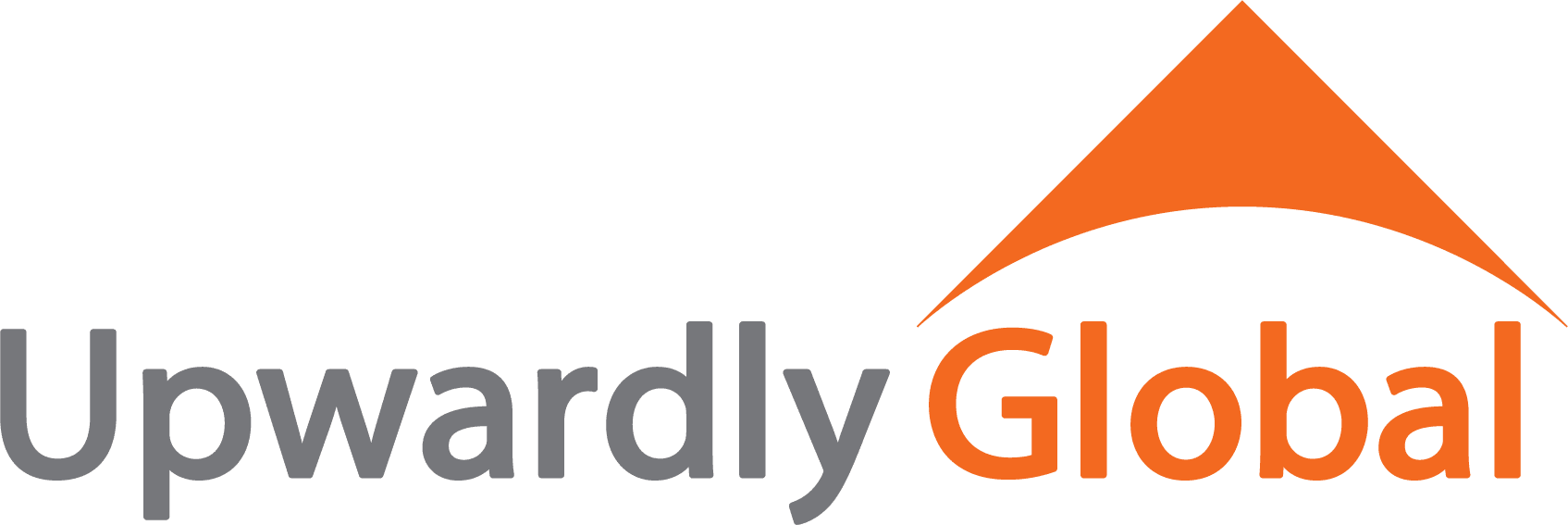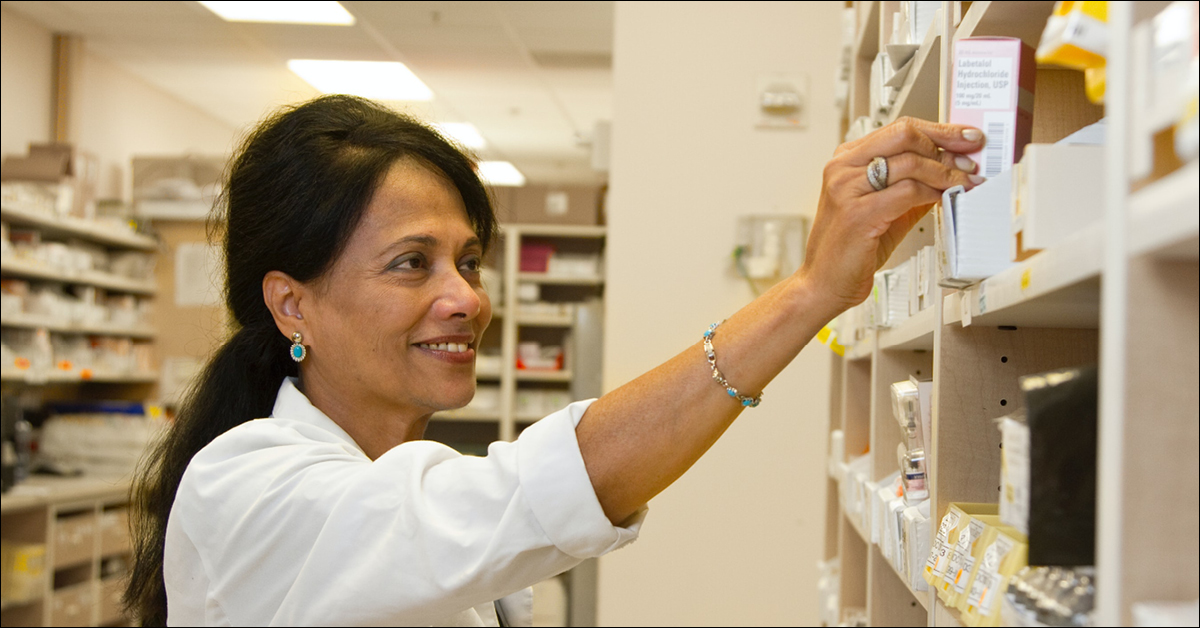How the Profession is Organized in Maryland
Regulation of Pharmacists in Maryland
If you received your primary pharmacy degree from a school of pharmacy that is not accredited by the Accreditation Council for Pharmacy Education, you are considered a foreign pharmacy graduate. Status as a foreign pharmacy graduate is independent of citizenship and based solely on where you received your pharmacy education. If you are a foreign graduate, you must obtain certification by the Foreign Pharmacy Graduate Examination Committee (FPGEC) before you can apply with the Maryland Board of Pharmacy to take the pharmacist licensure examinations, apply for and earn internship hours, and become licensed as a pharmacist. The Maryland Board of Pharmacy regulates the profession of pharmacist in Maryland. It is the state agency responsible for the licensing of Maryland pharmacists, for establishing regulations for pharmacy practice, and for disciplining licensees. The National Association of Boards of Pharmacy (NABP) is a national standards and regulatory body and another major organization you will work with to earn your license. It administers the following exams required to obtain a license:- Foreign Pharmacy Graduate Equivalency Examination (FPGEE) – standardized pharmacy test for international candidates
- North American Pharmacist Licensure Exam (NAPLEX)– general skills and knowledge of pharmacy
- Multistate Pharmacy Jurisprudence Examination (MPJE) – application of laws and regulations for specific states in which you want to be licensed
Employment
According to the Bureau of Labor Statistics, about 50% of all pharmacists work in what is considered a retail setting (independent or chain retail drugstores), and an estimated 32% of all pharmacy jobs are in the hospital, clinical and home health settings. Pharmacists in the United States also find work with pharmaceutical companies in research or sales roles; in insurance companies working with medical benefit packages; or with government agencies working in health policy and services. The U.S. Bureau of Labor Statistics is projecting a 2% decrease in new jobs available to pharmacists from 2020 to 2030. As of May 2020, the national mean annual wage for pharmacists was $128,710, while Maryland’s annual mean wage for pharmacists was $120,920. Please refer to the U.S. Bureau of Labor Statistics website for the latest data.. Communication skills and knowledge of medical information systems are important factors in career success for pharmacists. Their responsibilities in advising both doctors and patients continue to grow with the development of new medicines, disease management methods, and opportunities to monitor patient treatment plans to prevent potential harmful drug interactions.Increasing Professional Standards and Ineligible Pharmacy Programs
Reform in pharmacy education in the U.S. now means that new pharmacy graduates will only qualify for licensing if they hold a 5-year professional degree—a PharmD degree or equivalent. This change went into effect for all students graduating on or after January 1, 2003. While a 5-year professional degree is now the standard for pharmacists in the U.S., it is not the case worldwide. Unfortunately, foreign-educated pharmacy candidates who graduated from a 4-year program after the change date cannot qualify for the FPGEC Certification with their current degree. Not even internships or extra coursework after graduation can count towards the 5-year minimum. Currently, there are only two ways for you to become eligible if you are in this situation:- You can use your foreign degree as a basis for transfer credit to a U.S. or other 5-year pharmacy program and graduate from the new institution with a 5-year professional degree (some pharmacy schools offer special advanced standing programs for foreign pharmacy graduates).
- If you completed pre-pharmacy coursework before entering your 4-year program, you may be able to gather this documentation and have it count towards the 5-year total.
Eligibility for Maryland and Pharmacist Licensing
The process for obtaining licensure as a pharmacist in Maryland is as follows:Obtain FPGEC Certification
The steps for obtaining FPGEC certification are as followed: – Submit your Application- Submit your FPGEC candidate application and pay the $550 application fee.
- Submit your supporting documents, including your passing results from the Test of English as a Foreign Language Internet-based Test (TOEFL iBT).
- Wait for NABP to evaluate your application, which takes at least 8 weeks.
- Obtain acceptance of your FPGEC application and become eligible to take the FPGEE.
Important Notes Regarding the FPGEC Application
- Your FPGEC Certification file will close if you do not complete all application requirements within 2 years of submitting your application, or if you fail to pass the FPGEE within 2 years of being accepted to the FPGEC Certification Program.
- If you sit for the FPGEE and fail, you will have to re-register for the exam and pay a $750 re-take fee. If your 2-year eligibility period is expired, then you must complete a new FPGEC Certification application. In addition, you may take the FPGEE up to 5 times in your lifetime.
- Are you sure you have the equivalent of a 5-year PharmD degree? If you are a pharmacy graduate from 2003 or later and think your pharmacy degree may not be equivalent to a 5-year PharmD, you are participating in this process at your own risk. Many candidates have spent a lot of time and money—even passed the certification program exam!—before learning they cannot be certified because of their degree. Get advice sooner rather than later—from FPGEC or a PharmD program—to understand if your degree is likely to qualify.
- Now is the time to make sure your name is the same on all of the major documents you will need for your licensing process. There can be real complications in your paperwork and licensing times if you do not have exactly the same name on your identification, applications, and foreign documents.
- The FPGEC has seen a rise in fraudulent documents. These fraudulent documents come from entities pretending to be official government offices with the right to approve documents. These entities say that they can speed the authentication of educational and licensure and/or registration documents for use abroad. Candidates should tell friends and relatives gathering documents for them to make sure that documents are from the issuing bodies only. If the FPGEC receives fraudulent documents, the application will be delayed and your acceptance to the FPGEC Certification Program may be jeopardized.
- Register for the exam through NABP and pay the $650 fee.
- After you register, you will receive an Authorization to Test from Pearson VUE, which will include instructions for scheduling the exam.
- Schedule and take the exam.
- Achieve a passing score of 75 or higher to obtain FPGEC certification.
Complete Intern Hours
You will need to complete 1,560 hours of intern pharmacist practice in Maryland. – Apply for Extended Pharmacist-Intern Registration For a foreign graduate to be licensed in Maryland as a pharmacist, you must obtain 1560 internship hours. You will need to submit a pharmacy intern registration application, which must be submitted only after you have obtained an FPGEC certificate, along with payment of the $45 fee and proof of age (via a birth certificate, driver’s license, passport or other government issued ID). You must also request a State of Maryland Criminal History Record Report from the Criminal Justice Information System in order for your registration to be approved. Once registered, your intern registration will expire on the last day of your birth month one year later. As an intern who qualifies for registration as a foreign graduate, you may not renew your registration. Intern hours can gained in a pharmacy licensed with the Maryland Board of Pharmacy under the direct supervision of licensed pharmacists. In addition, the Maryland Board of Pharmacy will recognize pharmacy intern hours earned in another state; you will need to request the other state’s Board of Pharmacy transfer your intern hours to the Maryland Board of Pharmacy. – Documenting Your Intern Hours You will need to submit a Pharmacy Experience Affidavit, signed by your supervising pharmacist and notarized, documenting your internship hours for submission to the Maryland State Board of Pharmacy.Apply to be a Licensed Pharmacist in Maryland
- Submit your Initial Application for Pharmacist Licensure to the Maryland Board of Pharmacy, along with the $150 application fee.
- Register with NABP to take the NAPLEX and MPJE and pay the deposit to take the exams.
- Submit your supporting documents:
- Proof of age via birth certificate, driver’s license, passport or other government-issued ID
- FPGEC certification
- Pharmacy Experience Affidavit
- Wait for the Maryland Board of Pharmacy to review your application and supplemental documentation, which can take 2-4 weeks.
- Once the Maryland Board of Pharmacy determines that you are eligible, you will receive an Authorization to Test (ATT) to schedule and take NAPLEX and MPJE.
- Schedule, take, and pass NAPLEX and MPJE through Pearson Vue.
Tests
General Test Procedures & Basic Characteristics
- Testing sites: the tests are administered by computer-based testing companies with centers, dates and times available to take your tests. Since the testing companies give many different kinds of tests, their space can fill up—so, it is best to set up an appointment soon after you get permission to schedule your test.
- Testing day procedures: carefully read the instructions about your testing day, including required identification to bring and prohibited materials that are not allowed. There are also security controls, including having palm vein scans and digital photographs taken and providing digital signatures. You may have limited breaks during the examination time. It is very important to arrive at least a half hour early for your test. If you arrive late or do not go to the center at all, you will have to pay to reschedule.
Test-Specific Details
– North American Pharmacist Licensure Examination (NAPLEX) The North American Pharmacist Licensure Examination (NAPLEX) tests the general knowledge you have gained in your education to be a pharmacist. To register for the NAPLEX, you will need to fill out an online application in the Exam Services section of your NABP e-Profile. There is a nonrefundable application fee of $100 for the NAPLEX. Once eligibility is granted by the Maryland Board of Pharmacy, a link to purchase the NAPLEX exam will appear in your NABP e-Profile. After purchasing the exam, which costs $475, you will receive an ATT via email, and then you can schedule your appointment to take the NAPLEX with Pearson VUE. The ATT is valid for only one testing session. NABP strongly recommends scheduling your exam as soon as you have received your ATT. If your eligibility period expires prior to scheduling an examination appointment, you will forfeit all fees and must begin the application process again, including paying the application and examination fees. A thorough breakdown of the application steps, including answers to common questions, can be found in the Candidate Application Bulletin on the NABP website. The NAPLEX is a 6-hour exam composed of 225 questions delivered in a computerized, fixed form. The NAPLEX tests six content areas:- Obtain, Interpret, or Assess Data, Medical, or Patient Information: approximately 18% of questions
- Identify Drug Characteristics: approx. 14%
- Develop or Manage Treatment Plans: approx. 35%
- Perform Calculations: approx. 14%
- Compound, Dispense, or Administer Drugs, or Manage Delivery Systems: approx. 11%
- Develop or Manage Practice or Medication-Use Systems to Ensure Safety and Quality: approx. 7%
- Pharmacy Practice: approximately 83% of questions
- Licensure, Registration, Certification, and Operational Requirements: approx. 15%
- General Regulatory Processes: approx. 2%
Time and Costs
Successfully licensing as a pharmacist in Maryland depends on a number of factors, including:- The completeness of your educational and professional records and a qualifying degree program.
- Your performance on several tests.
- Your ability to find an internship placement.
- Your time and expendable income.
Other Careers and Credentials
Considering Registering as a Pharmacy Technician
Working as a pharmacy technician can be one way to work, gain experience and earn a living in your field while you complete the steps required for licensing. A pharmacy technician is an entry-level staff position in a hospital or retail pharmacy whose role is to provide technical services that do not require professional judgment regarding preparing and distributing drugs. A pharmacy technician works under the direct supervision of a pharmacist. Pharmacy technicians usually earn an hourly wage, and in terms of education and certification requirements in Maryland, applicants would only need to have a high school diploma or equivalent and complete a Board-approved pharmacy technician training program that includes 160 hours of work experience and a Board-approved technician exam (see list of approved programs and exams). A State of Maryland Criminal History Record Report from the Criminal Justice Information System must also be requested, and an Application for Pharmacy Technician Registration must be submitted along with payment of a $45 fee. Becoming a pharmacy technician can have some advantages:- You will have a first U.S. credential that makes you more employable and able to earn some income to support your licensing process.
- You will not have to wait for your FPGEC Certification to begin working in a pharmacy environment.
- You will be able to gain U.S. work experience and adapt to a U.S. pharmacy environment with fewer professional responsibilities.
- Once you become a pharmacy technician, you may be a more attractive candidate as a pharmacist because of your U.S. job experience and the range of responsibilities you are allowed as both an intern and a technician.
- You may improve your chances of receiving a salary as you complete your 1,560 internship hours.
Beyond Licensing
Maintaining Licensure
You must renew your license every 2 years after the initial renewal. Completed renewal applications must be postmarked at least two weeks prior to expiration of your current license and sent with payment of the $261 fee. If an application is received less than two weeks before the expiration date of your license, or if additional information is required due to an incomplete submission, the Board cannot guarantee that your new license will be renewed prior to the expiration of your current license. If a renewal application is not processed prior to the expiration date because of a late or incomplete submission, then you may not practice pharmacy in Maryland until your license is reinstated. If you are applying to reinstate your license within 2 years of license expiration, then you must pay a $527 fee. Additional requirements and fees are required if you are applying to reinstate your license more than 2 years after expiration. Pharmacists must also meet continuing education requirements of 30 hours every 2 years. Continuing education programs not accredited by the Accreditation Council for Pharmacy Education must be approved by the Board. In addition, two continuing education hours must be live. To view and track your credits, the Maryland Board of Pharmacy recommends that you set up an NABP e-Profile, obtain your NABP e-profile ID, and register for CPE Monitor.Joining a Professional Association
State and national associations for pharmacists provide opportunities for professional development and networking. They also help set acceptable working conditions for the profession and give information and opinions on policy in Maryland and across the U.S. Their websites may offer useful orientation to pharmacy candidates about the licensing and examination process, including test preparation. They often provide continuing education to members as well. Professional Associations:- American Society of Health-System Pharmacists
- American Pharmacists Association
- Maryland Pharmacists Association
- Maryland Society of Health-System Pharmacy
- U.S. Food and Drug Administration
- National Association of Chain Drug Stores
- Academy of Managed Care Pharmacy
Licensing Mobility (Reciprocity)
If you are licensed as a pharmacist in another state, you may apply for reciprocity in Maryland. Reciprocity applicants must fill out a Maryland Board of Pharmacy Application for Pharmacist Reciprocity, pay the $300 fee, and submit a copy of the NABP Preliminary Application to the Board. You will then apply to NABP to take the MPJE. Additional requirements to obtain licensure in Maryland through reciprocity include completion of at least 520 hours of pharmacy experience and providing the Board a copy of your FPGEC certificate.Tips
- GET YOUR DEGREE EVALUATED: Make sure your foreign degree is likely to be accepted by the FPGEC before you start the certification process. Your degree will not be evaluated immediately, so you may lose valuable time and resources preparing for and even passing the program’s exam, only to learn later that your degree does not qualify.
- CHECK TRANSFER CREDITS: If you graduated after 2003 from a four-year pharmacy program, you will have to return to school in the U.S. and complete requirements for a PharmD degree. Your foreign degree could count for a significant amount of transfer credits or for placement in a special advanced standing program. State your case with more than one pharmacy school and share your credential evaluation. It is possible that one school may grant more credits than another.


